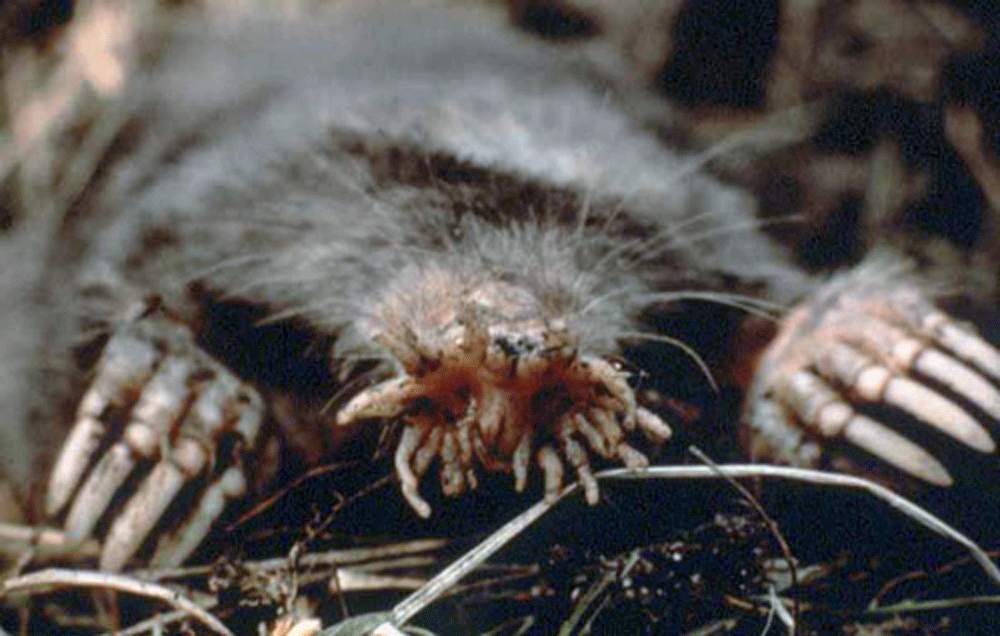Mole
Star-nosed moles, eastern moles, and hairy-tailed moles are the most common and widespread moles in the Northeast and Mid-Atlantic. They have dense velvety fur, small eyes, no apparent ears, a hairless snout that extends in front of the mouth, and large front paws adapted for digging.
They live in underground burrows from which they rarely emerge. Moles are insectivores and locate their burrows in areas with loose, moist soil. They dig tunnels, 5-8 inches beneath the surface, throughout their hunting grounds searching for worms, grubs, and insects. They have insatiable appetites, eating nearly their weight each day. Moles are active year-round.
Moles can damage lawns, flower beds and gardens when burrowing too close to the surface or when the volcano-shaped hills of soil from their excavations are pushed to the surface.
Solutions for mole problems
Laws and regulations to be aware of
Regulations for West Virginia
|
|
While we attempt to provide guidance about state and federal regulations pertaining to specific species and control techniques, we do not provide information about local jurisdictions (city, town, county, etc.) where regulations may be more restrictive, especially as it applies to discharge of firearms, transport of animals or use of trapping equipment. Contact your local city or county government to inquire further. No guarantee is made that information (or lack of information) associated with a species or control technique is completely accurate or current. You should become familiar with federal, state and local laws before beginning any wildlife control activities. |




